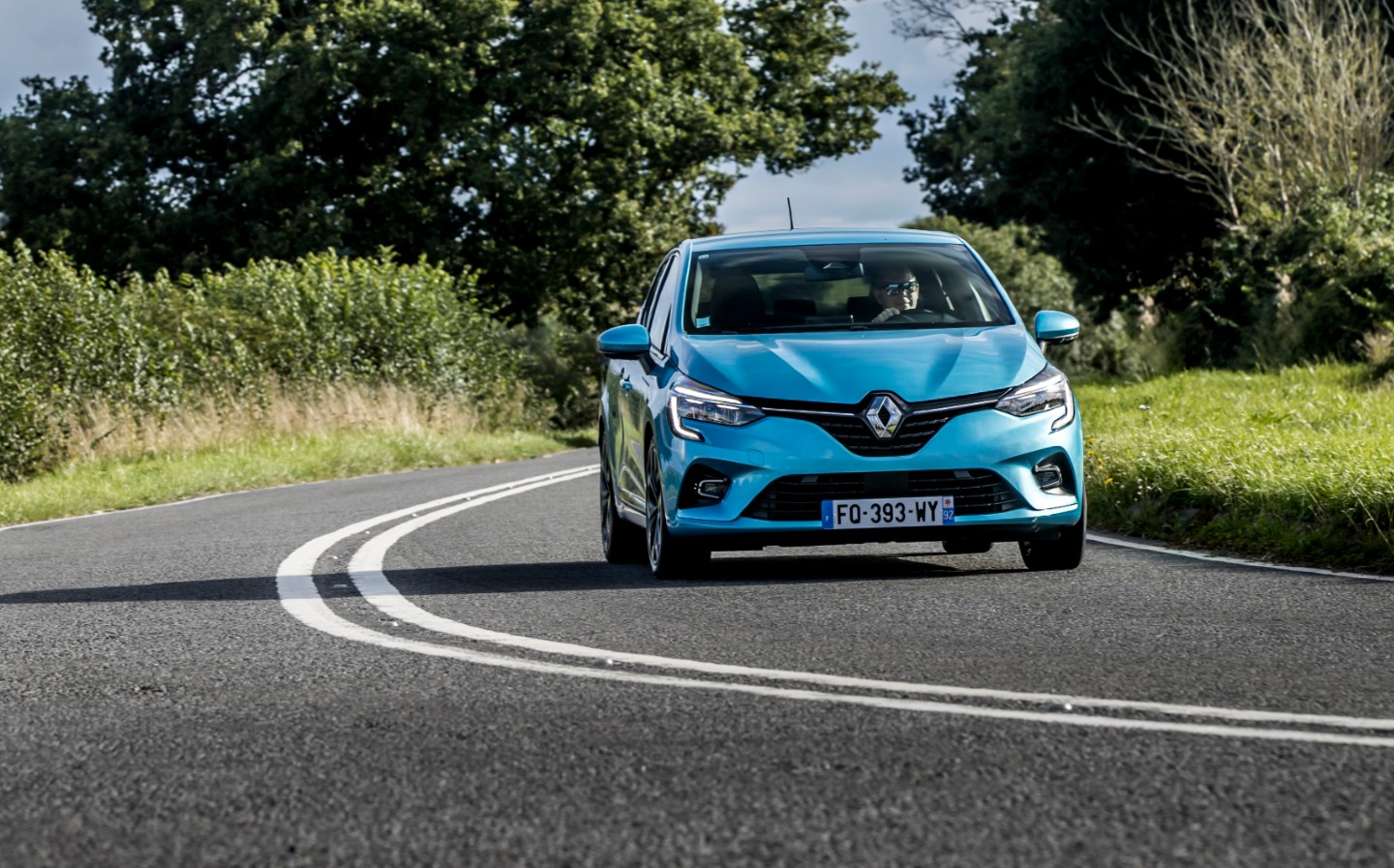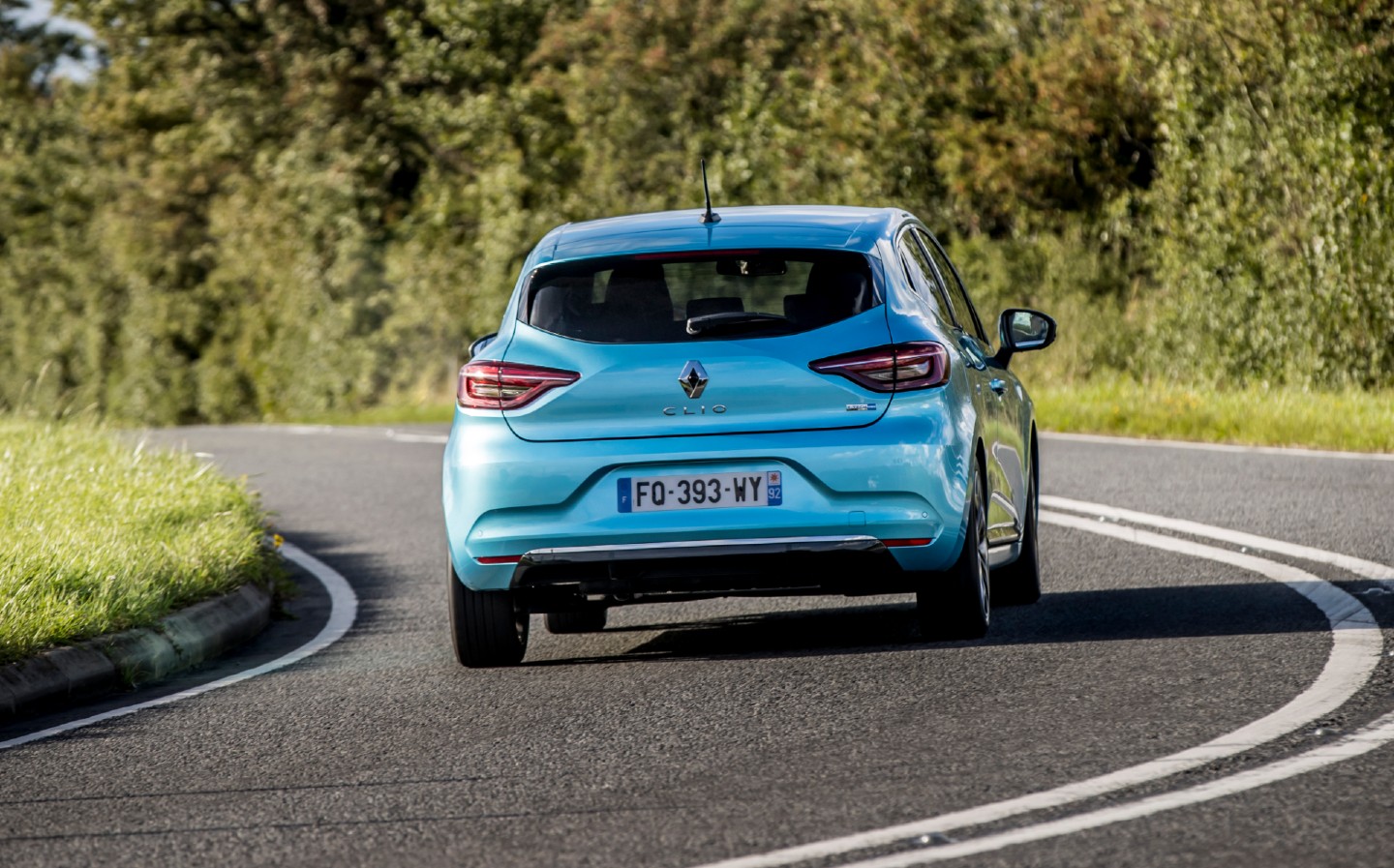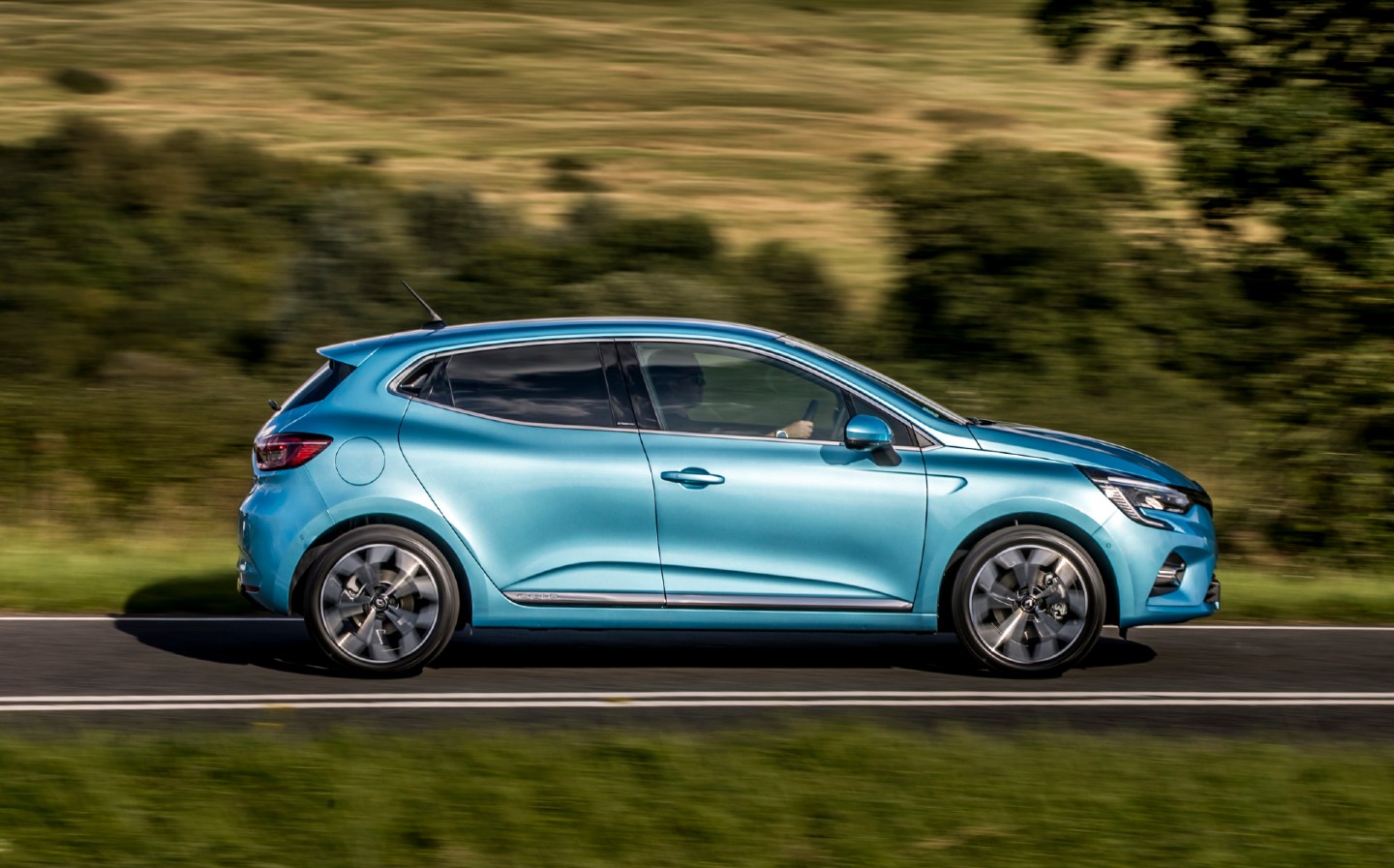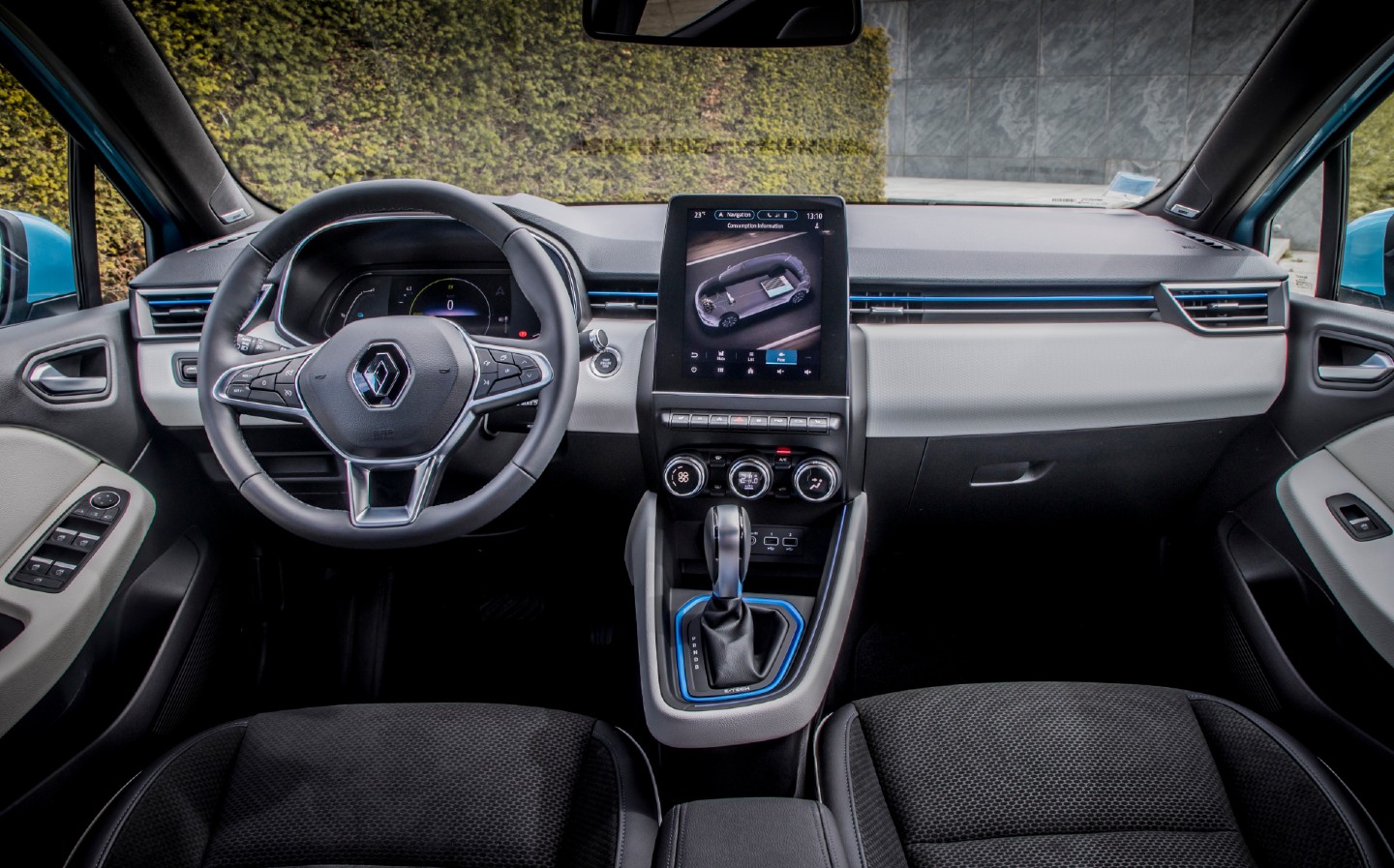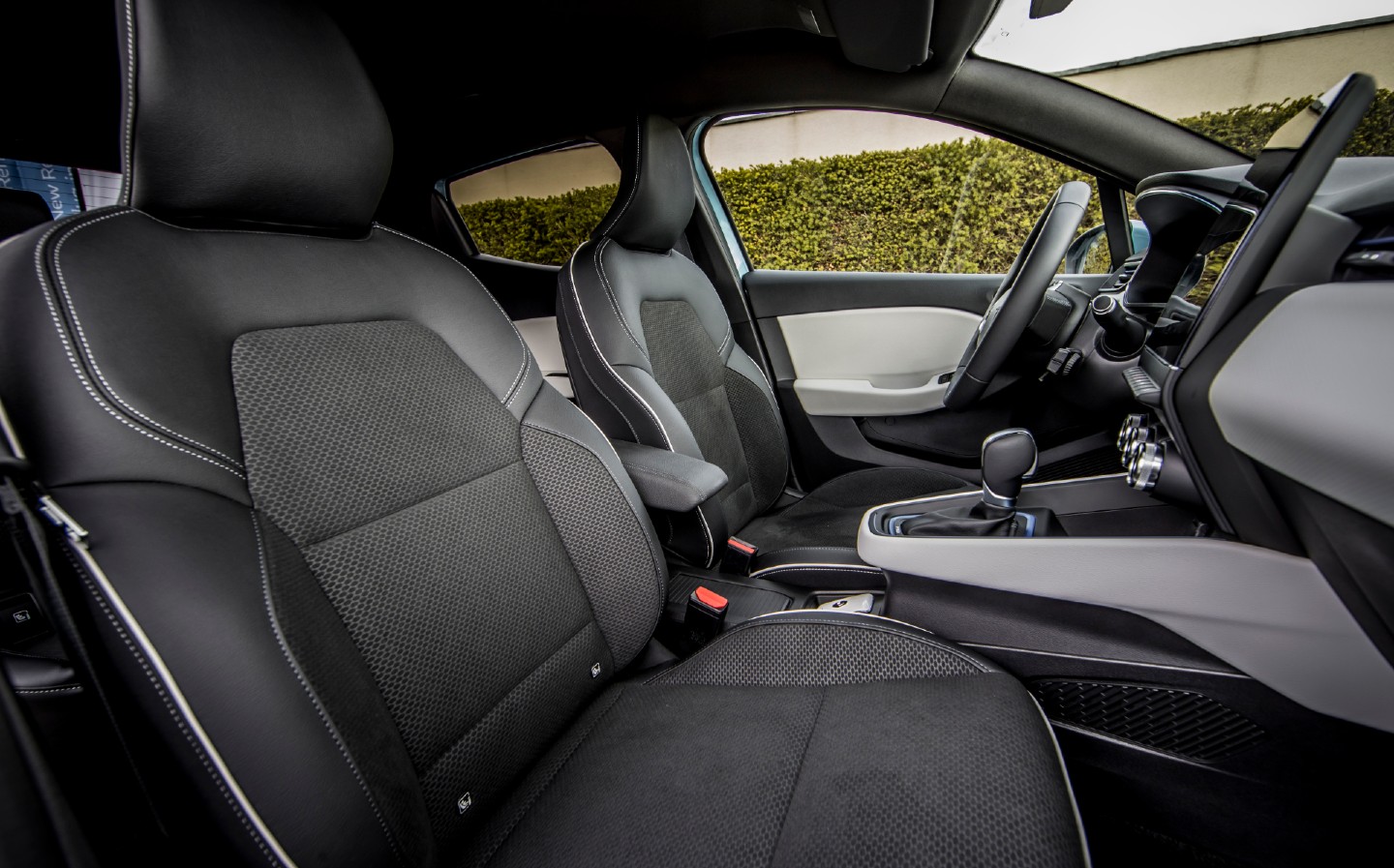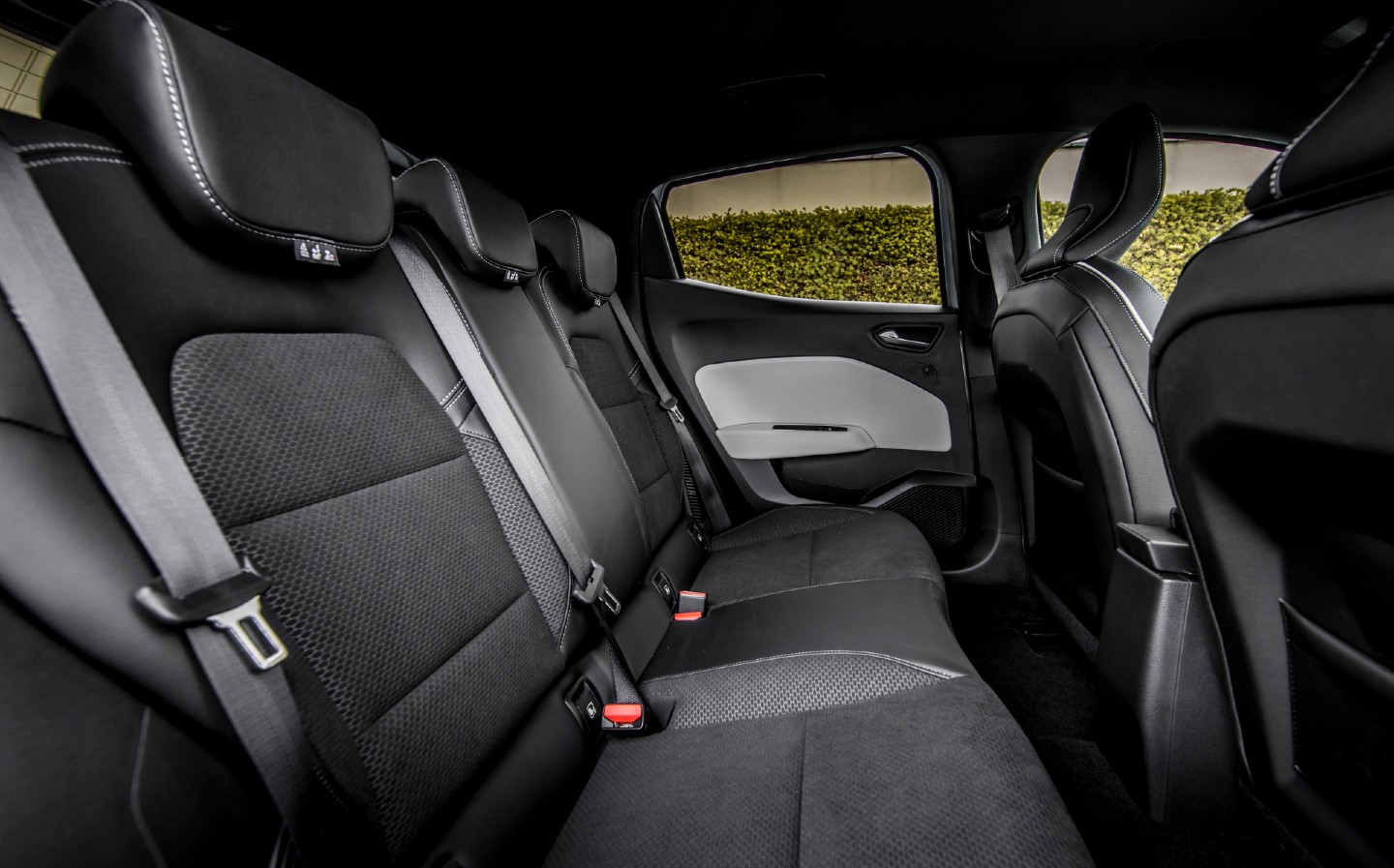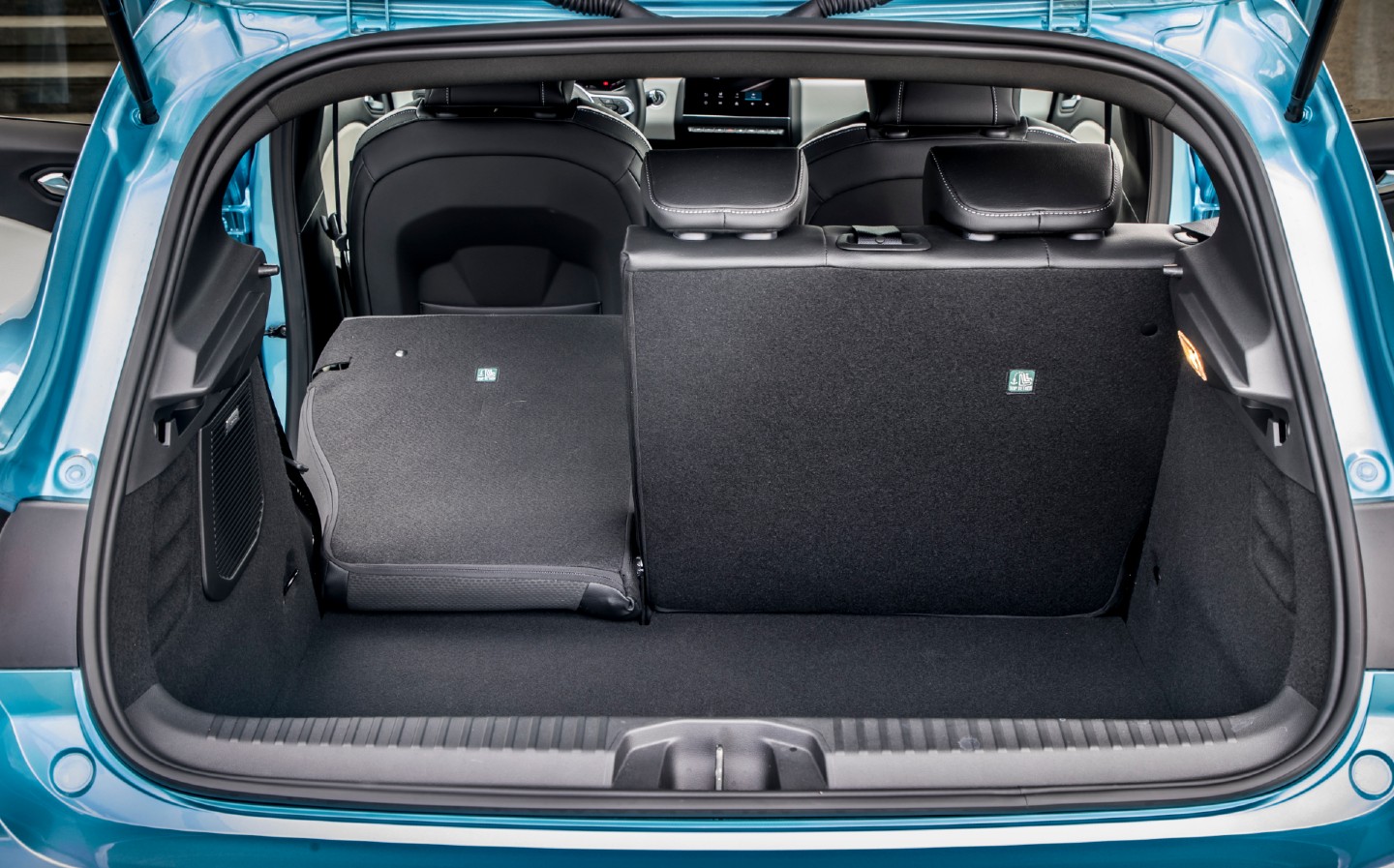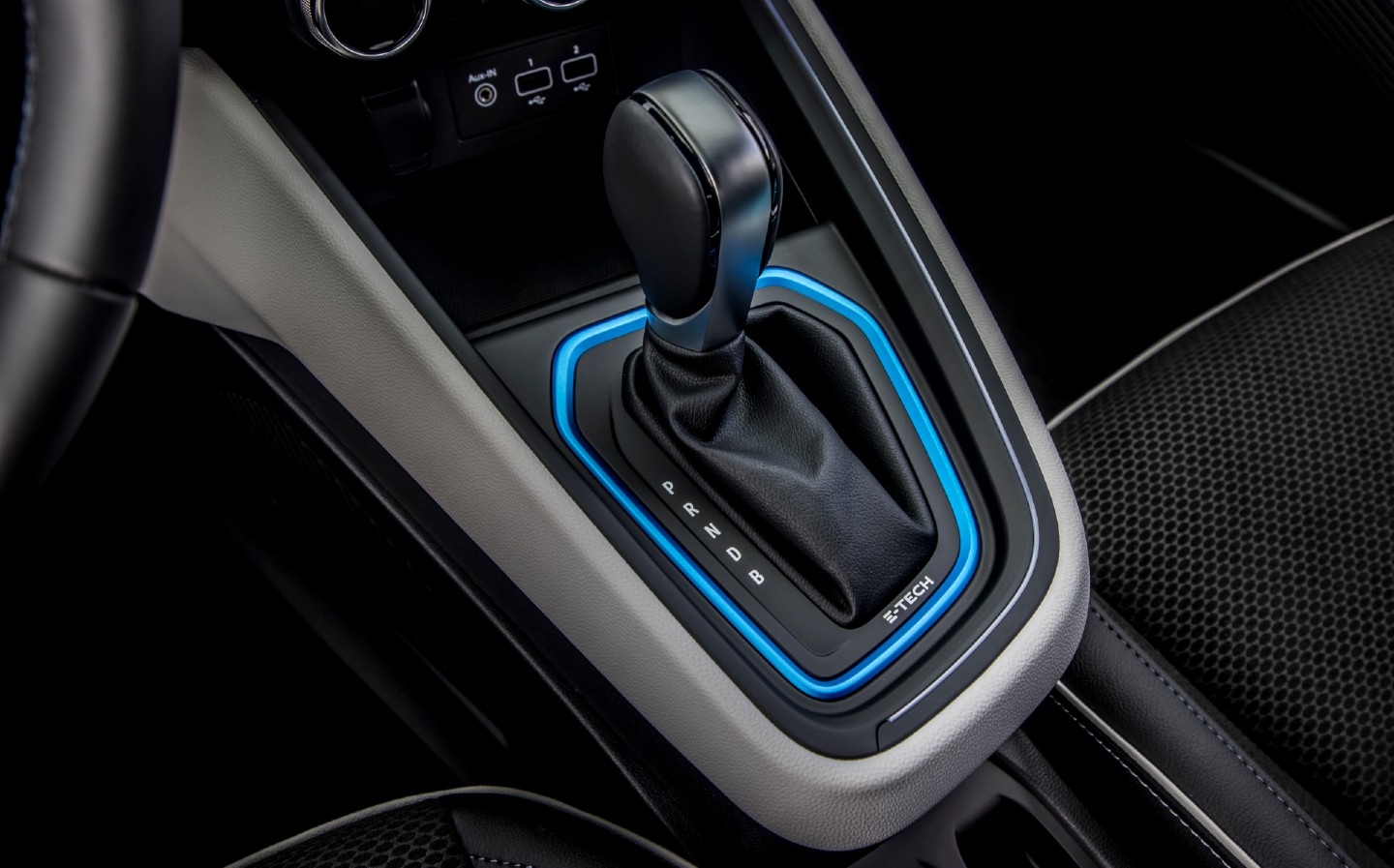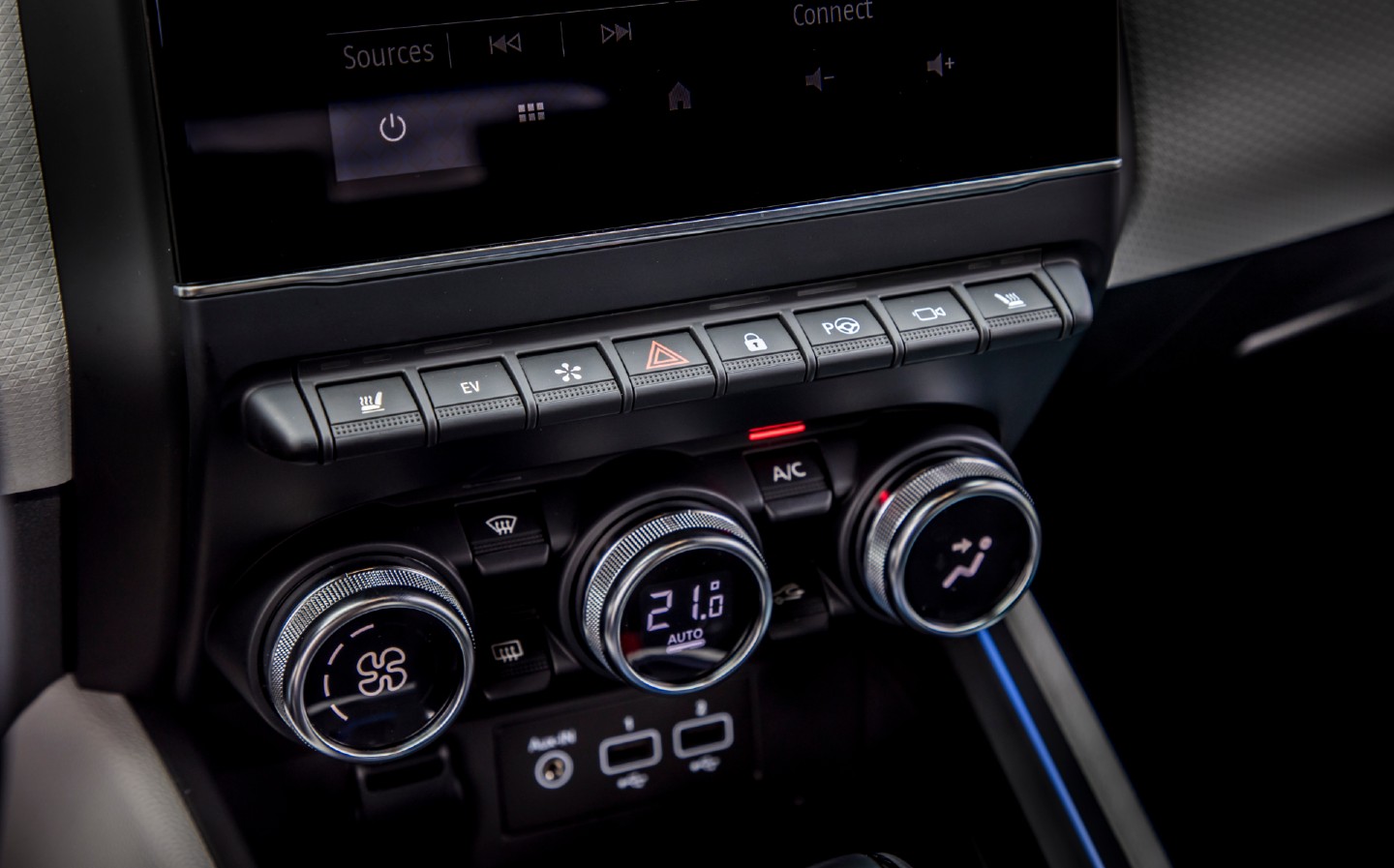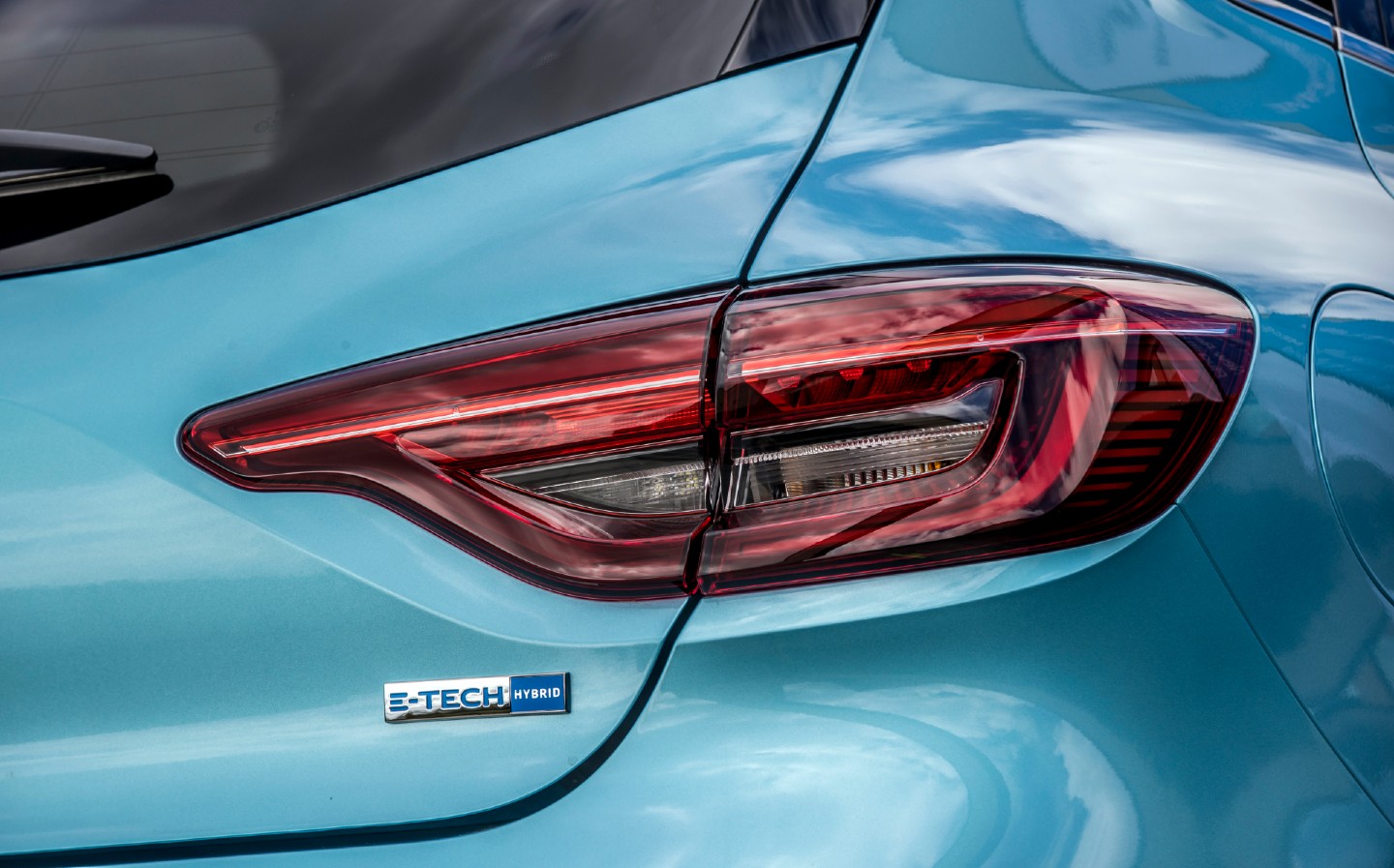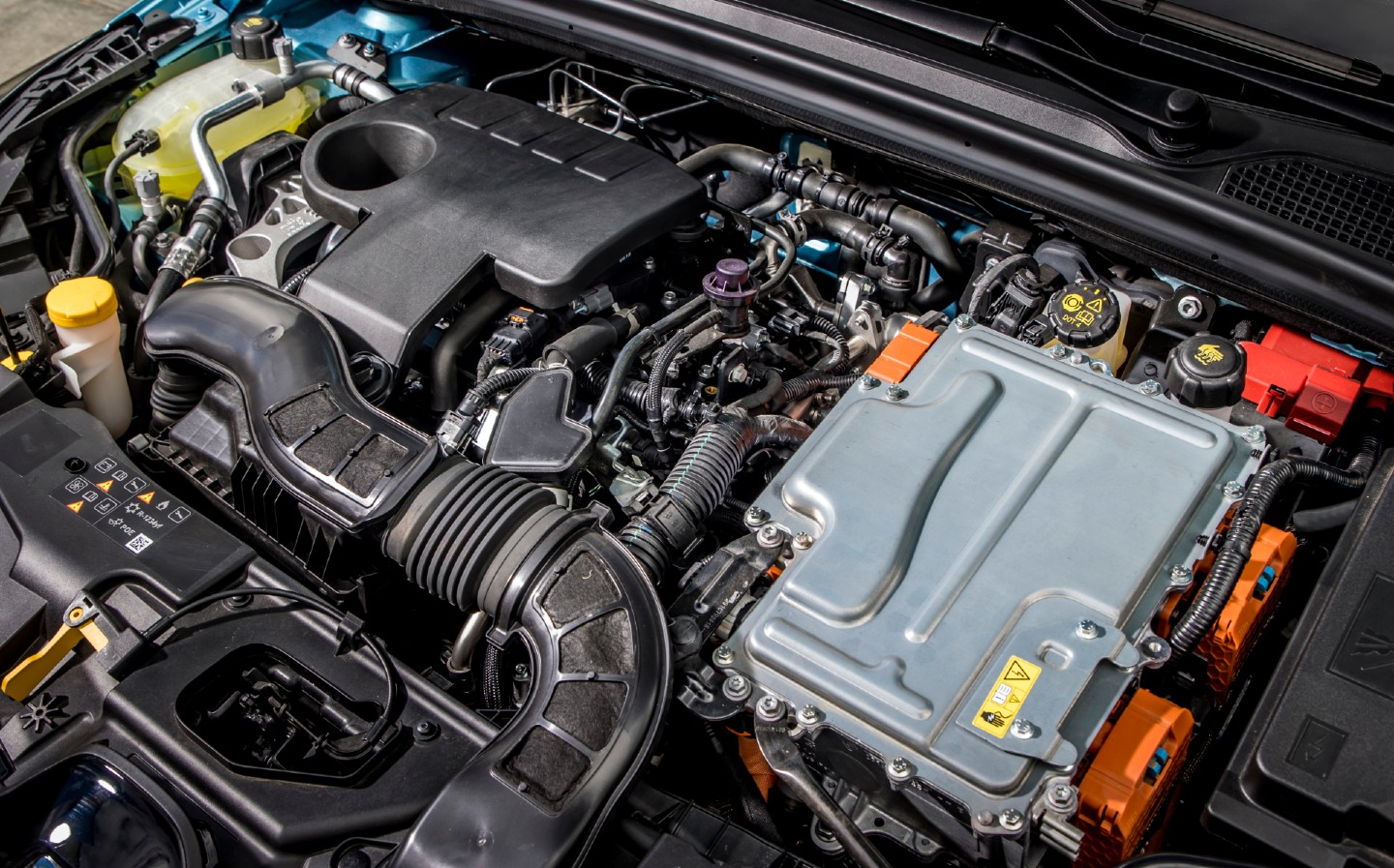2020 Renault Clio E-Tech hybrid review
Nicole would approve
RENAULT was one of the first mainstream car makers to see a serious future for electric cars. It began selling pure-electric vehicles such as the Fluence Z.E. (prudently not called the e-Fluence), Twizy and Kangoo Z.E. nearly a decade ago, around the same time as sister company Nissan launched the Leaf. But hybrids were never really its thing… until now.
The Clio you see here is part of Renault’s new E-Tech hybrid range, which also includes two plug-in hybrid models – the Captur E-Tech and Mégane Sport Tourer E-Tech. But Renault’s Ford Fiesta-sized supermini doesn’t come with a plug; it’s a type of hybrid that has recently been branded “self-charging”, which basically means it recovers energy under braking and uses it for low speed manoeuvring and initial acceleration. The French car maker has had to bring out hybrids as nobody is buying diesels, which produce less CO2 than petrol cars, and with European emissions regulations getting much tougher every year, and pure-electric cars still not (yet) being bought by enough people, hybrid has to be the way to go in the immediate term.
But Renault will have you know that its Clio hybrid isn’t like any other out there – whereas most hybrids start with an internal combustion engine and then integrate an electric motor, the French car maker says it approached it from the other direction – integrating the engine with an electric motor, drawing know-how from the development of the Zoe EV. So the Clio Hybrid will always start on electric power before the petrol engine joins in.
Of course, being a hybrid Renault is also talking up its grand prix expertise; its F1 cars have been using hybrid tech since 2005, and the energy recovery system and multi-mode clutchless transmission on the new E-Tech road cars are direct descendants of those used on the race track, it says.
All three E-Tech models are powered by a 1.6-litre petrol engine and two electric motors, one of which is used for propulsion and the other is a high-voltage starter generator (HSG) for the engine. On the Clio Hybrid this is then linked to a a 1.2kWh lithium-ion battery, which enables electric-only motoring at up to 27mph — but only for short distances. Renault didn’t give us an exact range figure but did says 80% of urban journeys can be completely on electric power only.
This results in 40% fuel savings over the standard petrol Clio, says the company, for an official fuel economy figure of up to 64.2mpg, which compares favourably with the new Honda Jazz Hybrid (62.8mpg) and new Toyota Yaris Hybrid (57.6-65.6mpg, depending on specification). During my hour-long first drive of the car, on a mix of A and B roads through town and country, I achieved 63mpg – impressively close to the official figure, especially since I wasn’t being light on the throttle.
The new Clio Hybrid could also save you a small amount in tax over its Japanese rivals, as the CO2 rating of 98-99g/km will cost you £125 in the first year of registration while the Jazz and some Yarises fall into the next bracket, resulting in a fee of £145. Mind you, they all then cost £140 per year from year two — the flat rate for “alternatively fuelled vehicles” — and the differences are small enough for most people not to notice.
The reason for choosing a Clio Hybrid will have to come from design, packaging and road manners, then. On the first point, the French car has most rivals licked, I reckon. The new Yaris is possibly the best looking of the three but the new Clio has a more classic, unfussy, elegant look that may appeal to a broad church of buyers. The less said about the design of the Honda Jazz, the better.
Inside, the Clio hybrid is very similar to the petrol and diesel versions, of course — no bad thing, with it clean, minimalist design and large touchscreen — though with added information about power flow and efficiency. The Renault Multi Sense system can be controlled via the screen, which enables you to cycle between Eco, Sport or MySense (automatic) modes. Once you get used the infotainment system, it proves to be a good one, and highly customisable, and it responds quickly to the touch.
The digital driver’s display is unique to the Clio Hybrid, displaying battery levels and and energy flow, and a larger 10in version is more impressive with pleasing animations and the ability to display a sat nav map, too, much like you’d find in more premium brands’ cars. Use of materials isn’t premium but it’s also not low rent by any means, and there’s a good mix of materials, shades and lighting to lift the ambience. Switchgear also feels a step up in quality froom Renaults of old, though for some reason the company still insists on hiding the stereo controls on a stalk behind the wheel, than on the wheel itself, where you can actually see them.
And sadly, the ergonomics really don’t suit tall drivers and I struggled to get comfortable while behind the wheel. While there’s plenty of head room, it feels like a high perch, such that you’re sitting on the car rather than in it. The wheel also doesn’t come back far enough, meaning the seat has to be brought towards it, which means long legs must be bent more than you’d like. And a low, steeply raked windscreen and large rear view mirror mean traffic lights are obscured for anyone of generous height — a common problem in sports cars but you’d hope not so much in superminis. This meant I had to lean forward to get a better view, or wait for the honks from people behind me.
The rear is tight but perfectly suitable for young people and non-giants, while the boot is unchanged from the petrol version, due to the battery pack being mounted under the rear seats. It’s big enough for the weekly shop — job done.
On the road you find the Clio E-Tech powertrain delivering smooth, immediate power — especially in Sport mode — with none of the engine note histrionics found in some other hybrid cars with continually variable transmissions. It’s not especially potent but it isn’t in any way sleepy, either.
A “B Mode”, which you can select via the gearlever, increases regenerative braking when required. It’s not as sharp an effect as you’d find in some pure-electric cars, which can feel like slamming on the brakes when you step off the accelerator, but it does increase the slowing effect significantly over the standard driving mode. I found B mode on the Clio fine around town — helpful, even — but less satisfying on flowing, twisty roads.
The handling is surprisingly sharp on turn-in, giving it a sporty feel, though the front end feels a little heavy and there’s a slightly unpleasant imbalance through sharp switchbacks, possibly exacerbated by the use of a torsion beam rear axle. Through a single corner, though, the Clio’s suspension reduces roll effectively and the car can be thrown though long, sweeping bends with pleasing vigour. The ride is composed and bumps are dispatched well, too, and external noises are dampened well, which makes long journeys less draining.
All of which makes the new Renault Clio Hybrid a strong contender in an increasingly crowded field, though there’s not much in it. Prices are also very similar between rivals — for the Clio you’re looking at prices ranging from £19,595 to £22,095 (plus options) on-the-road, which compares with £19,910 to £24,005 for the Yaris Hybrid and £18,985 to £21,385 for the Honda Jazz Hybrid. The Honda offers more practicality but it’s hard to recommend, based on looks alone, while the Toyota has the most youthful design but is likely to offer a less punchy driving experience.
The Renault, meanwhile, offers a strong blend of looks, driving pleasure and convenience, so it should be on your shopping list, assuming you’re not a tall driver. And assuming you really, really don’t want to buy a pure-electric Zoe.
Can the new Renault Clio persuade Jeremy Clarkson to buy French?


